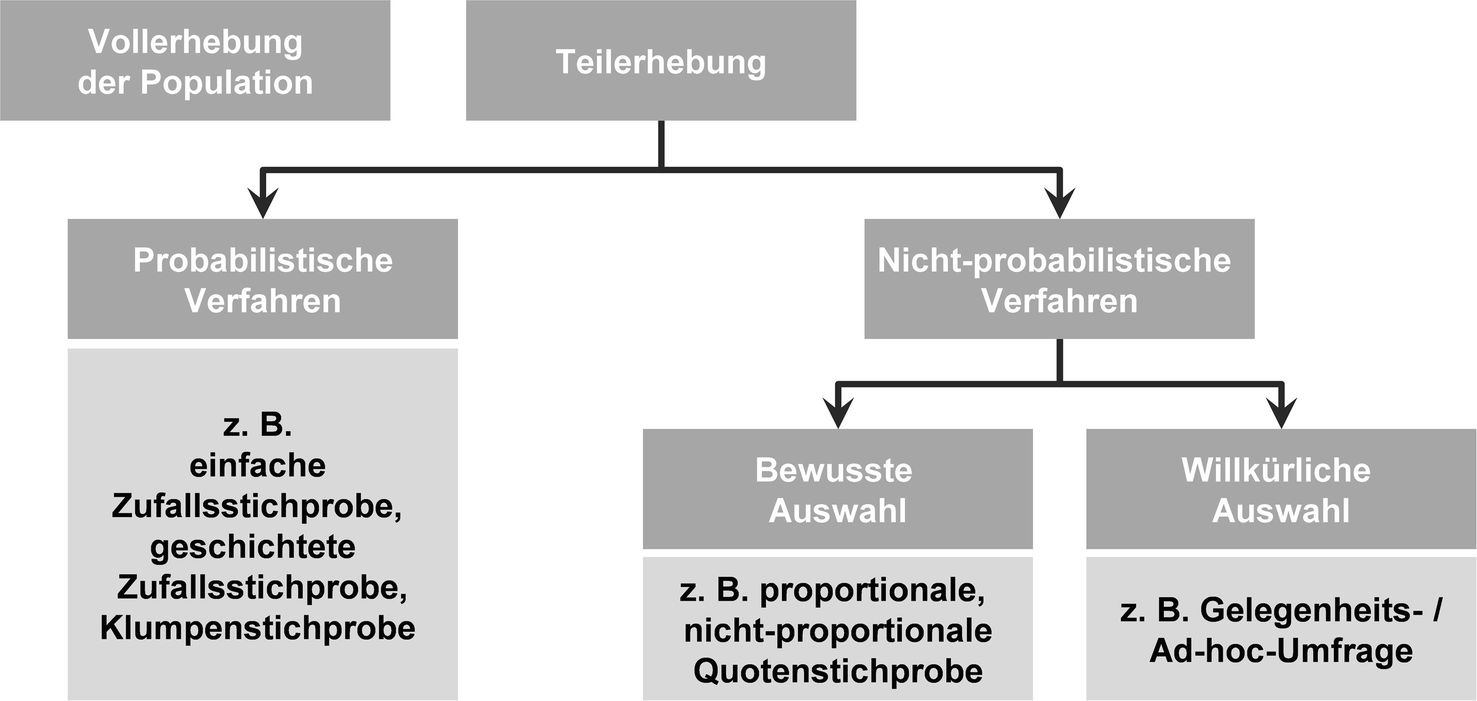You want to create a questionnaire for a representative survey in your scientific work and are wondering where to start? The key is to use existing resources! My article “State of research” is the perfect starting point. It gives you a clear overview of questions that have already been asked by other researchers. And when it comes to socio-demographic details? There are proven standards, e.g. from organizations such as the Federal Statistical Office or the European Union. Let me help you perfect your questionnaire. And if you have any questions, don’t hesitate to contact me and get to know me.
Do you really want to understand what effective surveys look like? Immerse yourself in the world of surveys! At Meinungsplatz* you will not only learn which questions are fluent and understandable, but also which ones would tempt you to cancel a survey. Such a cancellation in your scientific work could be devastating, as each incomplete questionnaire means a lost data point. By registering for free at Meinungsplatz* you will receive invitations to surveys as part of real market research for companies. The highlight? You not only earn a little money, but also collect valuable insights for your own survey. A real win-win!

Table of Contents
ToggleYour Target Group Determines how many Participants You Need for a Representative Survey
In order to carry out a representative survey, it is important to draw a sufficiently large sample from the population. The population refers to the entirety of the people you want to study, i.e. either the inhabitants of Gelsenkirchen as an example for my hometown, North Rhine-Westphalia or Germany.
The exact number of people you need to survey to obtain a representative result depends on various factors, such as the desired accuracy of the result, the expected response behavior of the respondents and the chosen confidence level.
A common approach to determining the sample size is to use the formula for calculating the confidence interval. This interval indicates how accurate the result obtained is. The smaller the interval should be, the larger the sample must be.
How many Participants are Needed for a Representative Survey in Gelsenkirchen, NRW or Germany?
Here are some rough estimates for the required sample size:
- For Gelsenkirchen: If you want to conduct a representative survey for a smaller geographical unit such as the city of Gelsenkirchen, you could consider a sample of about 400 to 600 people. This number is based on a common confidence level of 95% and a margin of error of +/- 5%.
- For North Rhine-Westphalia: If you want to conduct a representative survey for the state of North Rhine-Westphalia, you would have to consider a larger sample, as the population is larger. A sample of about 1,000 to 1,500 people could be appropriate to obtain a representative result.
- For Germany: Since Germany has a much larger population, an even larger sample would be required. A sample of at least 2,000 to 3,000 people would be necessary to achieve a representative result for the whole country.
It is important to note that these are rough estimates and may depend on the specific study, the objectives of the survey and other factors. Because it must be clear from the beginning what knowledge gain is to be created with the study. Therefore, a questionnaire must always be created as it is necessary for the final result! Representative surveys in theses are rare, but how to deal with them confidently is described in the article “Fundamentals of empirical research in quantitative master’s theses” in “Quantitative research in master’s theses”*.
Create a questionnaire and think about the result

Source: Boßow-Thies, S., Gansser, O. (2022). Fundamentals of empirical research in quantitative master’s theses. In: Boßow-Thies, S., Krol, B. (eds) Quantitative Forschung in Masterarbeiten. FOM-Edition. Springer Gabler, Wiesbaden.
Last update of the article:
* Affiliate Link / Advertisement

